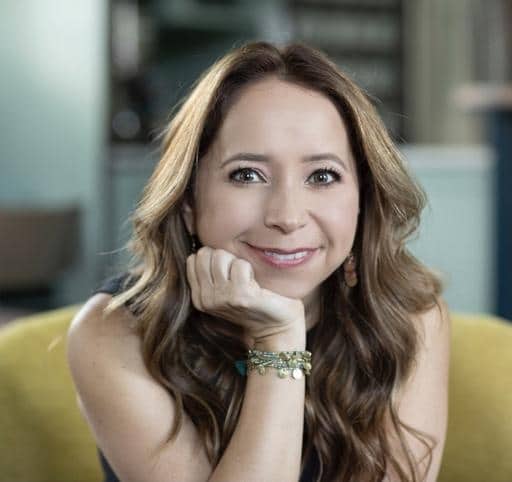
Empowering Yourself with Curiosity
How to empower yourself with curiosity, the super skill
In this age of digital overload, shaken routines, decreased social connection, and workplace disruption, there is a skill that I see myself sharing with more and more of my coaching clients.
When practiced, this skill spreads a lot of goodness: Its effects include an increase in empathy, connection, balance, sensitivity, courage, and understanding. Using this skill produces a richer life. It is naturally ingrained in us when we are born and it even enhances intelligence, but unfortunately, we stop practicing it as we grow older.
This super skill is called curiosity.
According to psychologists, curiosity has multiple dimensions and there are a variety of ways we can put it into practice, including:
- Filling gaps in our knowledge
- Observing others to learn what they are thinking and doing
- Feeling consumed with wonder about the world
- Harnessing the anxiety associated with newness
- Taking risks to acquire varied experiences.
All of the above are useful ways we can use curiosity to face everyday challenges like dealing with difficult relationships, managing our emotions, and building self-confidence.
Using curiosity in everyday life
To start your curiosity journey, try replacing automatic judgments with curiosity. For example, in conversations with another person, I try to avoid asking “why” when I want to create a safe, non-judgmental space. Questions starting with “why” tend to be centered on the past, focused on a problem, and demand a definitive answer. Why didn’t you reach your sales goal? Why are you so sad today?
However, questions that lead with “what,” “when,” “where,” or “how” take away the pressure of being right or wrong, allow for future scenarios and possibilities, and focus on building solutions. What would you need to do differently to capture more clients? I notice you look sad. What is going on?
Let’s see how curiosity can be helpful in three common coaching scenarios:
Improving relationships. In day-to-day interactions, cultivating a “beginner’s mind” with our family, friends, or co-workers can go a long way. For example, we might have a friend who seems distant. While we might automatically judge their behavior—Why is my friend seeming uninterested? Why are they mad at me?—we could instead approach their behavior with curiosity. What could be bothering my friend? How can I help?
Practicing curiosity by listening and empathizing with this friend will not only feel better for both people but could potentially build a stronger relationship. With friends and loved ones, sometimes we think we know everything about them. But by practicing curiosity about their new favorite meal or the best part of their day, we can learn more about them and build more powerful, nurturing bonds.
Managing emotions. Investigating our emotions with interest and care is another way to practice curiosity. We tend to push uncomfortable emotions aside, leaving them neglected. But emotions carry important information we need to pay attention to in order to move forward. Ignoring them only forces them up, and they tend to come back stronger later. They might manifest in unhelpful ways like crying out of nowhere, yelling at a loved one, or as physical pain like many studies have observed.
When we recognize an emotion is present, asking questions like, “What exactly am I feeling?,” “How can I describe this emotion?,” and “Where do I feel it in my body?” can help us peel back the layers of our feelings, and therefore become more understanding of our actions. With practice, we learn to allow and accept our emotions and feelings as part of our human experience.
Rethinking inner dialog. There is a running dialog in our minds at almost every moment. If we tune into it, we might notice that sometimes it can be false, critical, and unkind. I encourage my clients to practice curiosity by challenging their inner dialog with questions like, “Where is the evidence for that thought?,” “Is this thought true?,” and “Would a friend talk to me this way?” The more we observe our inner dialog, the more manageable it becomes. Then, we can lower the volume on those thoughts that are destructive and increase the volume on the thoughts that are encouraging, inspiring, and lead us on a more constructive path.
To add more curiosity to your life, try to bring it to the forefront of your everyday life: Create a daily intention to practice it, set a reminder, or write the word “curiosity” next to your computer or on your fridge. Then notice its impact in your life. If it helps, journal about your experiences. If you’re in coaching or therapy, talk to your provider about ways to integrate curiosity in your life. It is only when we strip away our quick reactions, interpretations, and thoughts that we create the conditions for true curiosity to appear, allowing us to reinterpret, reshape, and reassess for the better.
Monica Kerik
Monica Kerik is a TEDx speaker, well-being and resilience strategist, and an ICF certified coach in the Modern Health network. She offers a unique mix of strategic thinking, understanding human insights, and a passion for life and serving others.

.jpg)

